Hello, I’m Gill and I write a photography blog inspired by the landscapes of Suffolk and beyond. Please subscribe to read more of my writing and visit my website to view my images.
Last week I came across an image on social media that was identical to a photograph I had taken and shared a few weeks previously. It had been posted by someone who follows me. The mood, choice of conditions and composition in this image were exactly as I had depicted them and even the title was identical. I had to double take, as I was convinced it was my photograph.
My immediate reaction was annoyance, that someone had copied exactly the image that I had spent multiple visits perfecting. But then I thought about it more carefully and realised that maybe I had just taken an obvious shot and the similarity was just a coincidence. Or perhaps, if my image had inspired the second one, maybe I should be flattered? Did my photograph move someone enough that they felt they would like to replicate it?
Whatever the origins of the other photo, I am not sure it really matters. I have no more right to that composition than anyone else. We can all go out and make whatever images we like. As soon as we share something to the internet we are inviting a response and that may be from people who are inspired to copy what we have done. However I think there is a fine line between being inspired (and using that inspiration to create our own work) and simply copying something that someone else has produced because it is easy.
“If you steal from one artist, it’s plagiarism; if you steal from many, it’s research.” - Wilson Mizner
I have no idea what inspired this identical image and I am not interested in finding out, but it does make me wonder - ’is there anything original left in landscape photography?’
The image I had made was taken on a quiet stretch of the Suffolk Coast. It is not an iconic landscape and it hasn’t been photographed hundreds of times. It is one of those locations that I know well, that spoke to me and I felt I had something to say about it which is why I made my image. In contrast there are hundreds of locations all around the world that are notable for their grand scenery and iconic views and these have been photographed thousands of times. This applies to many locations in Scotland and I read a comment recently from a landscape photographer who said that there was nothing original to photograph in Scotland anymore - every landscape had been captured.
Whist I am sure this is true for many of the iconic locations I cannot believe that there is nothing original left to photograph.
Back in 2022 I visited Luskentyre beach on the Isle of Harris. This is one of those iconic locations that has been photographed thousands of times. It has been the subject of projects, workshops and numerous award winning images but despite the fact that I probably would not make any original work there I still wanted to try.
I didn’t look at compositions from others before I went, I visited with an open mind and reacted to what I found. But I always went out seeking to portray the landscape with my own voice. For me this is the important part. I wanted to make Lyskentyre beach my own and the only way to do that is to inject my personality and my voice into my images.
I think this is the difference between originality and uniqueness. The compositions may not be original, but by exerting my voice, reacting to the things I feel passionate about and processing my images in a way that brings out what I want to convey, I hope I have made some images that are unique to me.
I do not understand the desire to replicate an image for composition and aesthetics. It would say nothing about me as an artist and the product wouldn’t really be my work. Images need to come from my heart, they need to speak of me and my unique way of seeing the world otherwise I feel they have no worth. Don’t get me wrong, copying is a great way to learn initially, but at some point we all have to take ownership of our images and find our own voice.
“Nothing is original. Steal from anywhere that resonates with inspiration or fuels your imagination. Devour old films, new films, music, books, paintings, photographs, poems, dreams, random conversations, architecture, bridges, street signs, trees, clouds, bodies of water, light and shadows. Select only things to steal from that speak directly to your soul. If you do this, your work (and theft) will be authentic. Authenticity is invaluable; originality is nonexistent.”
—Jim Jarmusch
So there might not be anything left in landscape photograph that is original, but the most important part of any image is the photographer and it is our particular way of seeing the world that makes our images stand out. We all have a unique vision and voice, but maybe we don’t all choose to use it?
When I started landscape photography over 20 years ago I read everything I could about the subject. I went on courses, I took workshops and I went out and I practiced what I learned. I’m sure I probably copied ideas and took images that had been made hundreds of times before. But over the years I grew and developed and eventually I found what it is that really inspires me.
My work now is all my connection with the natural world. I try to explore how it makes me feel as well as conveying to others the beauty I see and the fragility that I want to try and protect. Nature is my passion and I want that to come across in my work. A landscape has to move me before I will photograph it, because without that emotion my images would feel soulless and sterile.
After 20 years of making images I finally feel I have found my voice and I hope this comes through in my image making. My work might not always be original, but I hope it will convey a part of me, speak of things that are important to me, and as a result will be unique to me. In my mind this is the difference between copying work and being inspired by work.
I think uniqueness comes from five things:
Developing our voice
Becoming passionate about our subjects
Photographing from the heart
Making our work meaningful.
And last, but not least I think we have to care - about our work, our subject, our voice, our message and what it ultimately says about us as the artist.
What are your thoughts about originality and uniqueness. Do you think there is anything original left to photograph and if not how do you make sure your work stands out from the crowd? Do you feel you have developed your voice or are you just happy taking images because they bring you pleasure? There is no right way to make images but I would be really interested in your thoughts so please join the conversation and leave a comment below.
Thank you very much for reading and until next time, enjoy your photography.
Gill

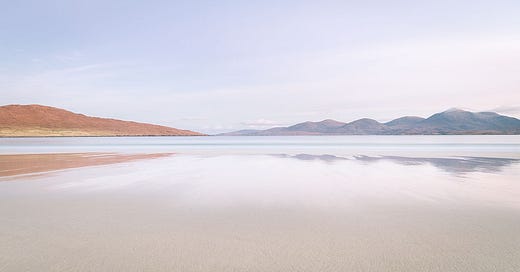



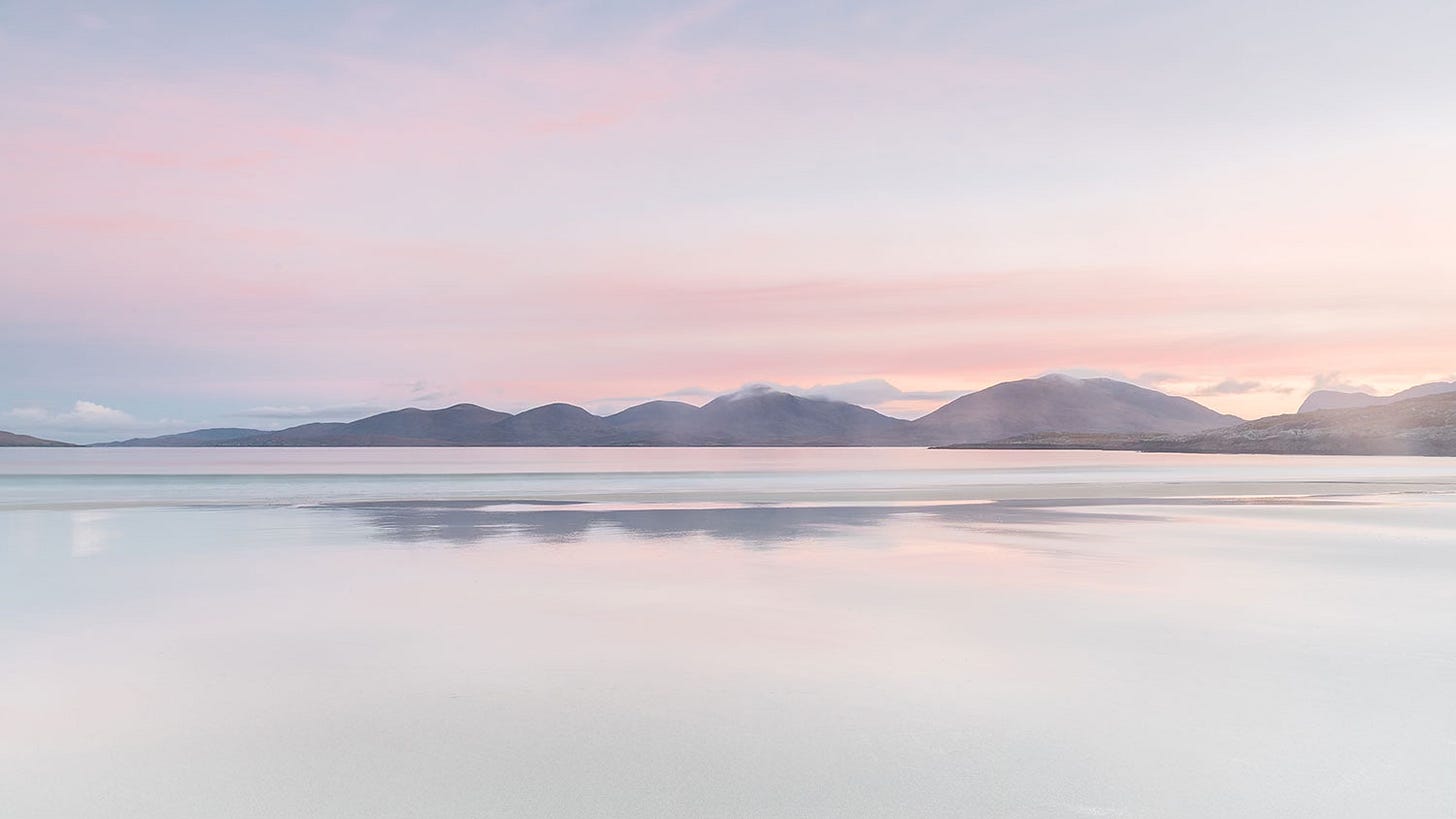
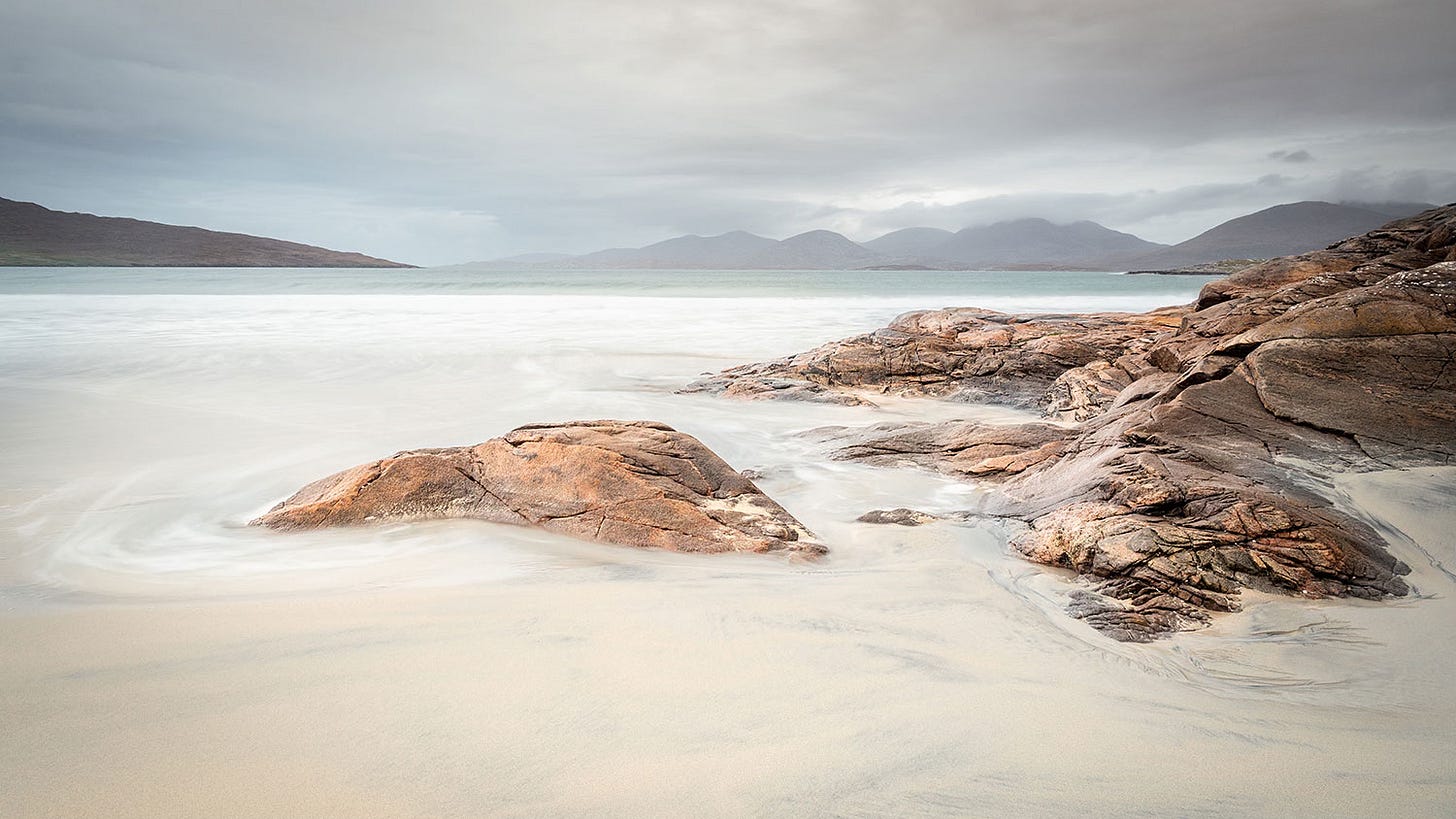
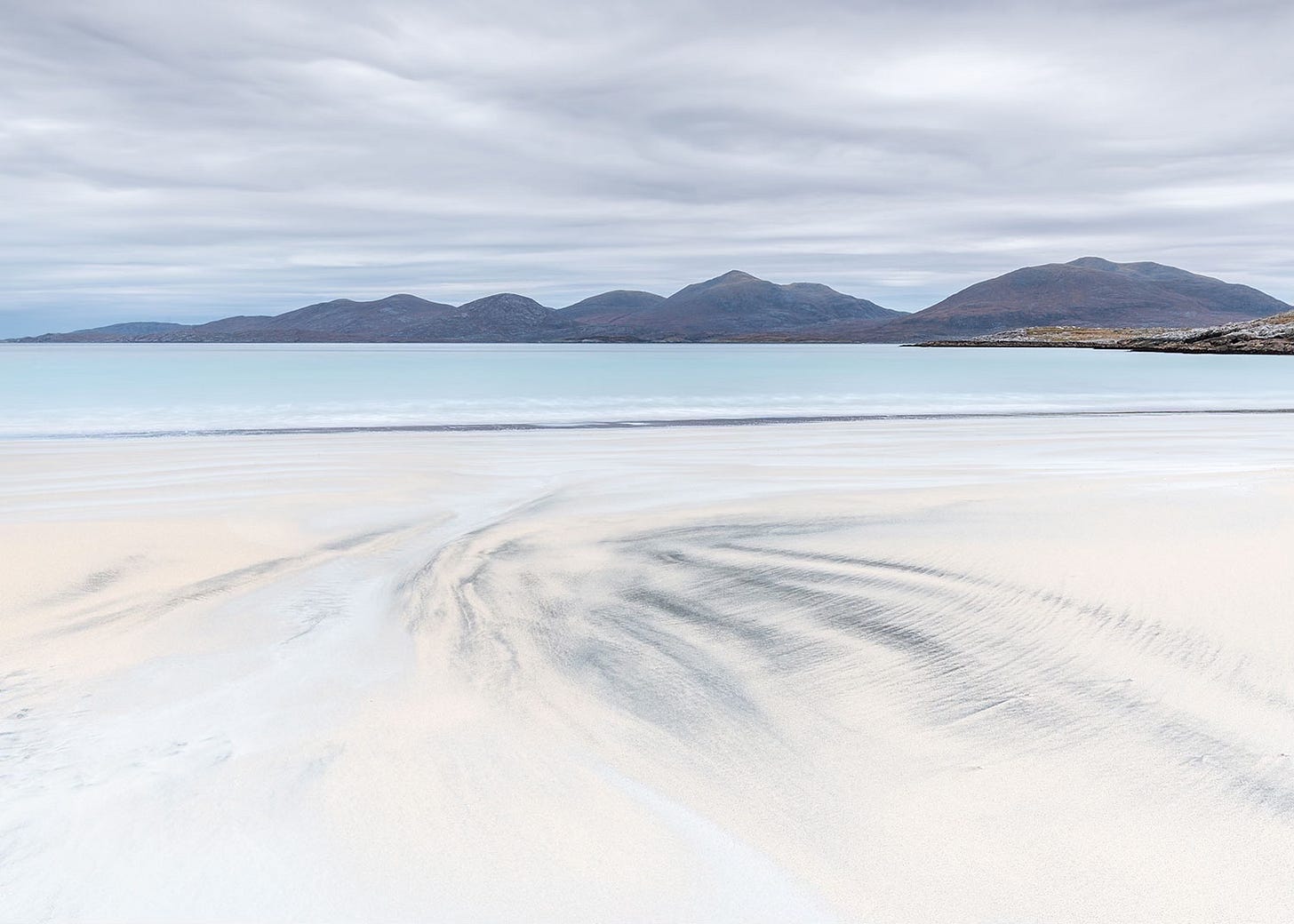
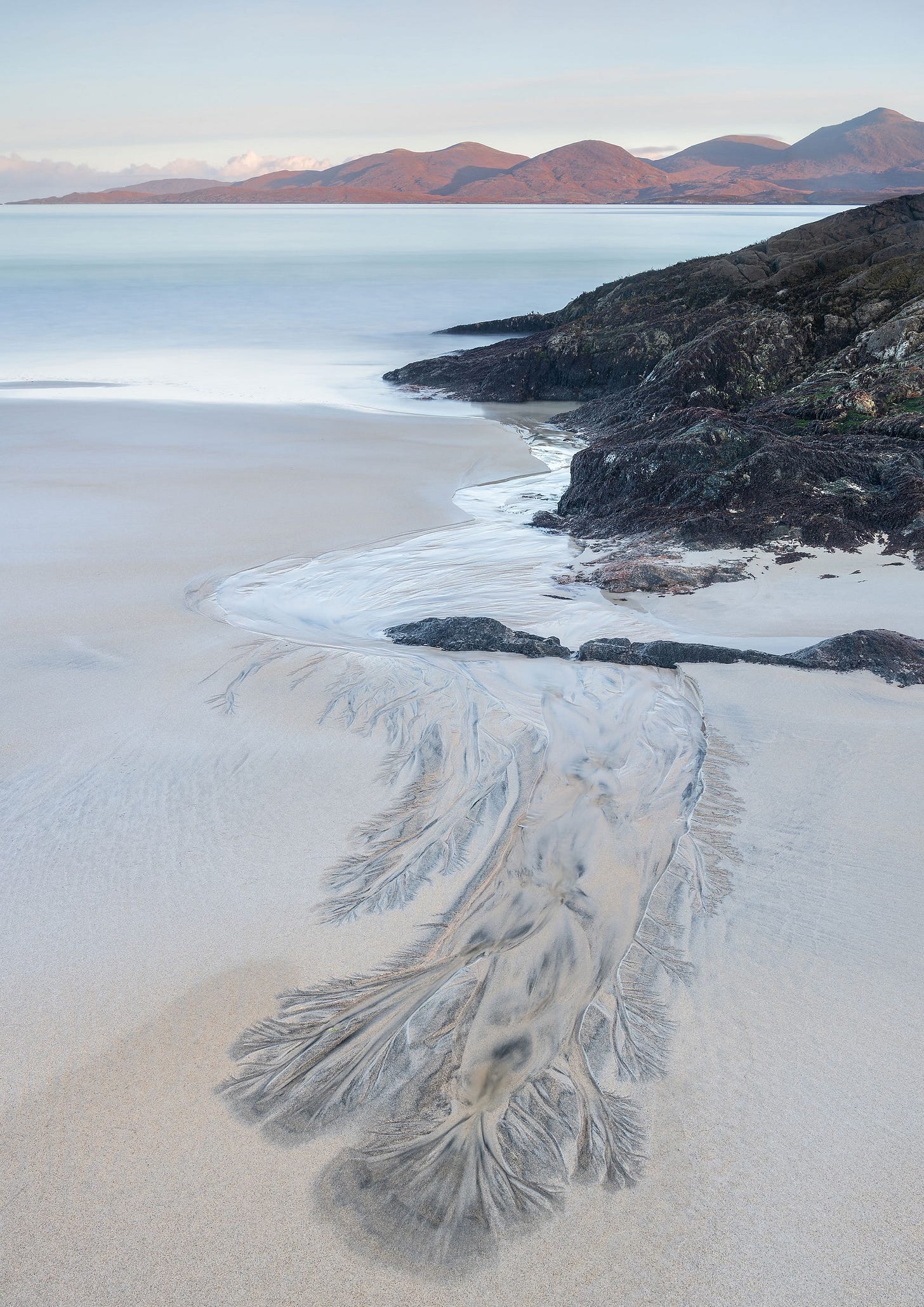
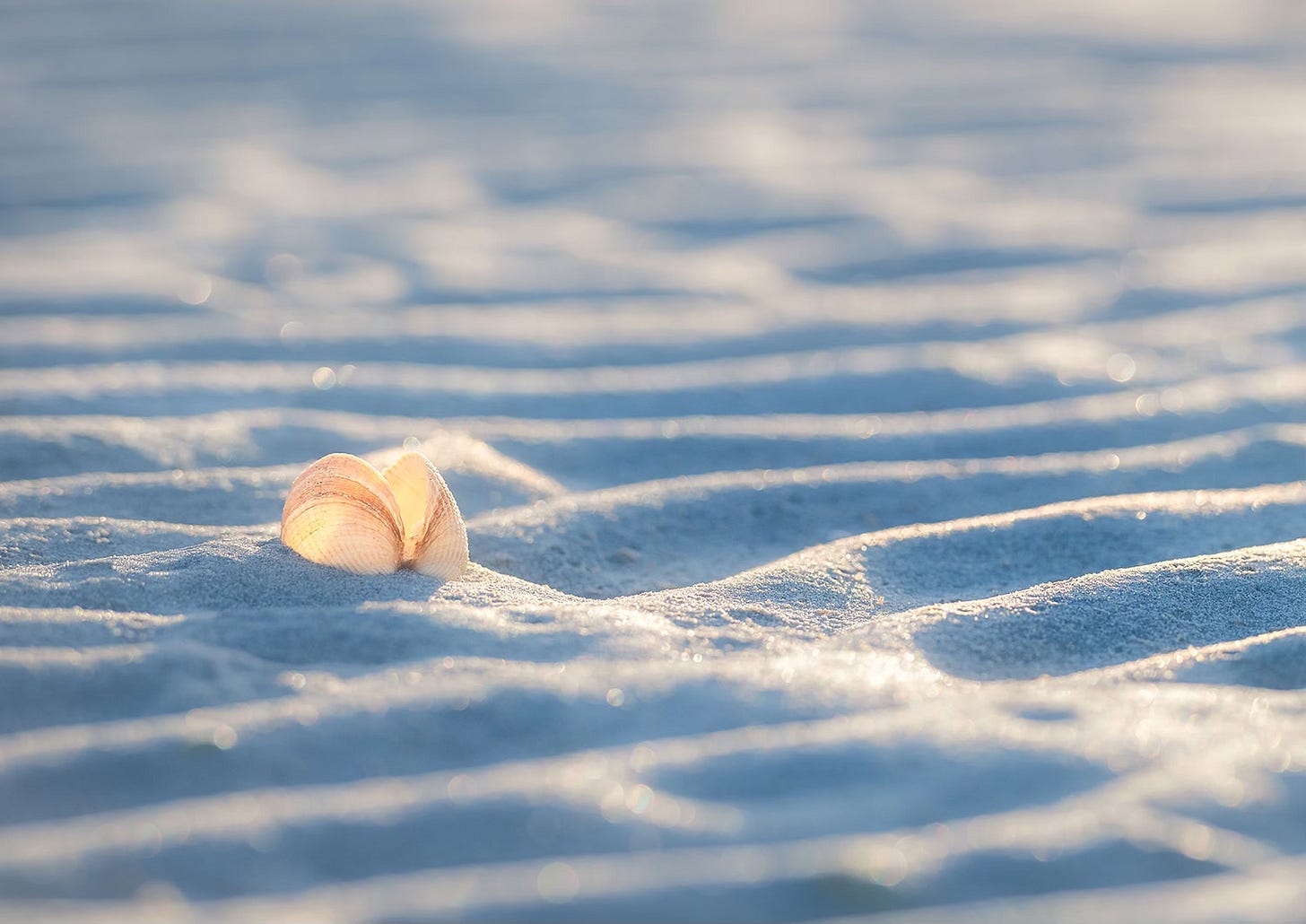
I hear you Gill. People who own cameras who do not connect with the landscape they are photographing are not seeing, simply looking, browsing, shopping, not experiencing. People who say there is nothing original left to photograph - well poor lost souls. I look at the same sea and mountain view every day, and I have never seen it the same twice. The world has turned round many times, the sun has risen and set, the shadows are different. (Rabbit hole warning - Have you read Samantha Harvey’s Orbital? it still hasn’t left my mind ) Your artistry is so wonderful, calming, inspiring, you motivate me to capture and share some additional moments rather than just watch and absorb them. I find I relish the remembering of the moments through revisiting the photographs I have taken as much as anything.
Very insightful Gill. At the beginning of this piece I had so many things I wanted to say about individuality and vision, but you answered it all, almost word for word what I was thinking, as the essay progressed.
Maybe everything has been photographed before. But we can say the same thing about life- it's all been seen before and done before. But we don't ask why bother living. It hasn't been experienced or photographed but US in this exact place and at this exact time. In that sense, everything is unique and new.